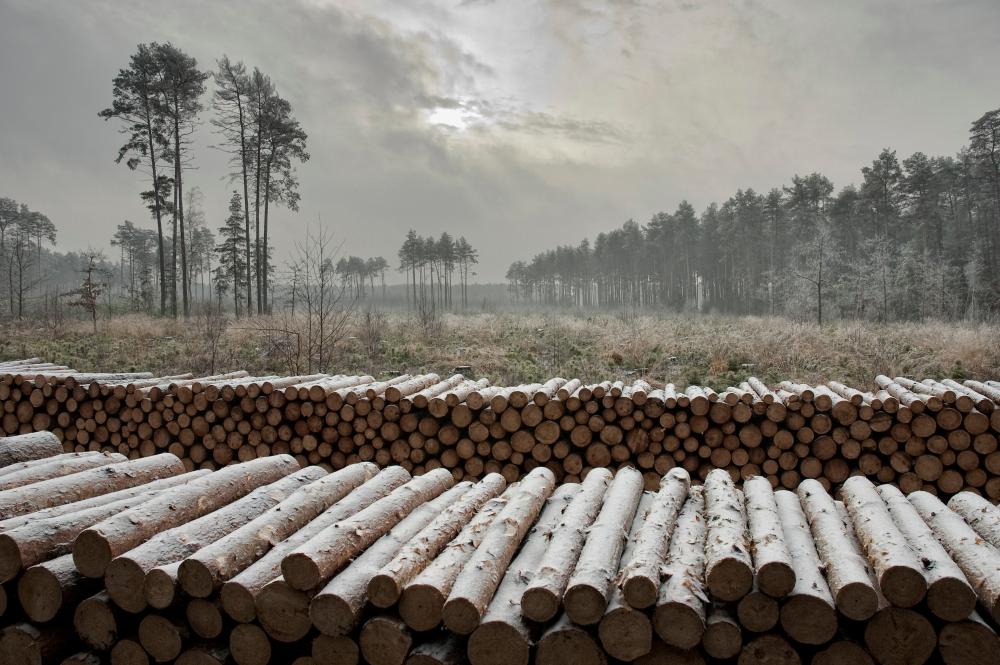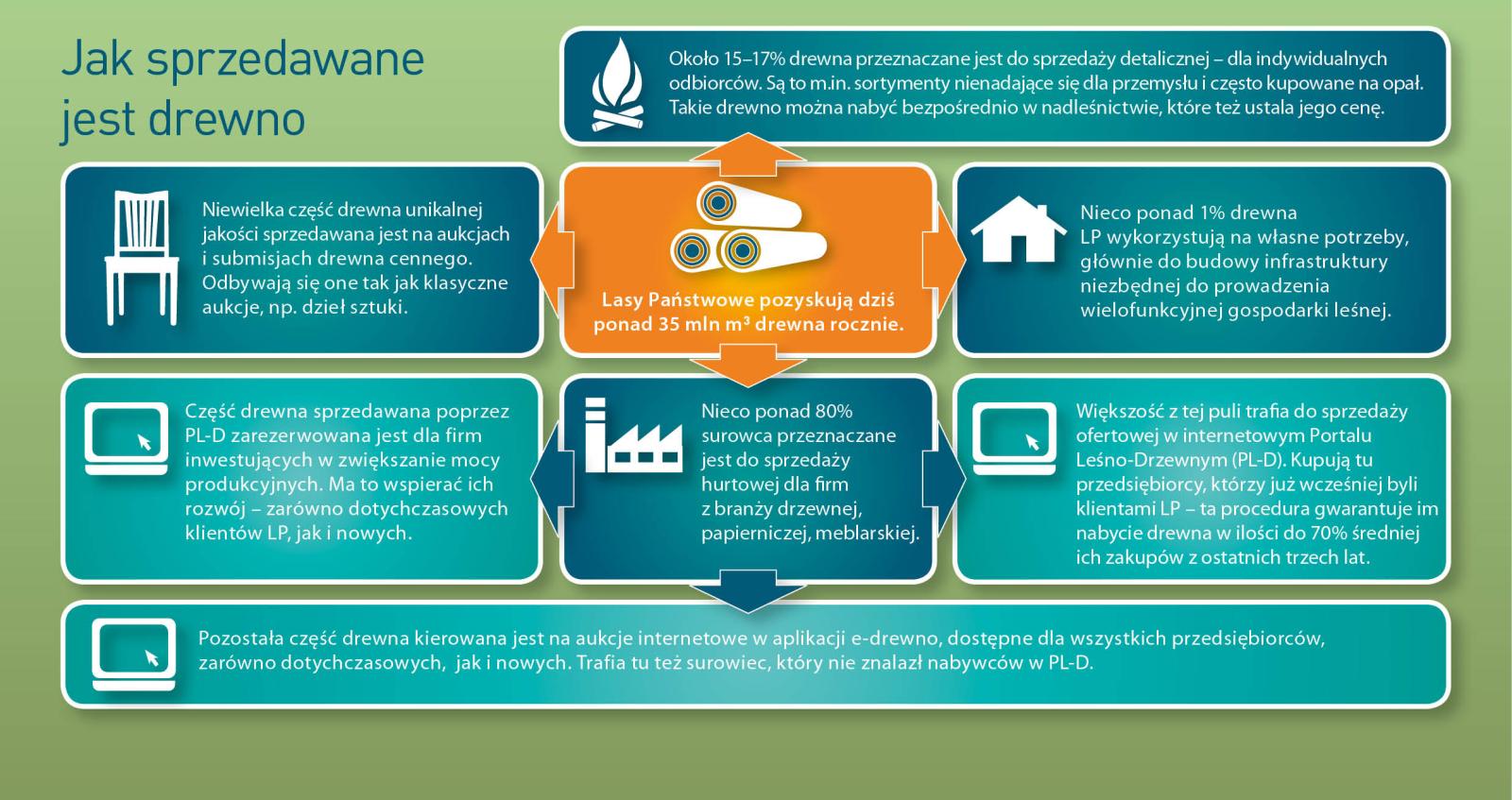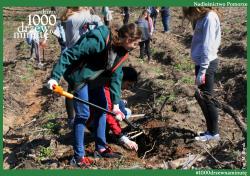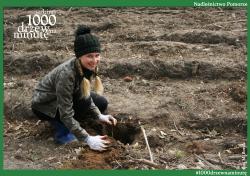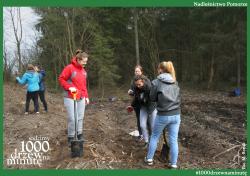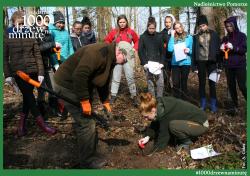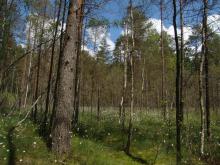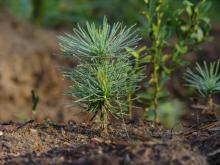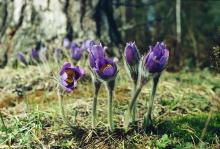 Asset Publisher
Asset Publisher
Sale conditions
Sale conditions of wood are specified by the regulation of Director – General of the Sate Forests.
Within the framework of the individual sale , the foresters try to meet the fast growing demand, because more and more people use wood in order to heat their houses. Contrary to general opinion, these are not only village people, even though they prevail among recipients. The growth of firewood demand is the result of occurrence of new housing estates built in the suburbs of large agglomerations, where houses are usually equipped in fireplace heating installations.
Firewood is not only the most ecological heat source, but also is much more attractive in respect of relation of price and electric efficiency, rather than cola, oil, gas or electric power.
In recent years, the Sate Forests increased the sale of firewood of one third – up to over 4 million cubic meters annually. Firewood is not only the most ecological heat source, but also is much more attractive in respect of relation of price and electric efficiency, rather than cola, oil, gas or electric power. Some of customers choose already prepared and cut into pieces wood, the others very willingly obtain it by themselves after arranging all details and fulfilling particular safety conditions, and after paying the fee; that concerns mainly so called "thinnings". Such a raw material is very cheap, that is why many people from village areas profit from such possibility.
 Asset Publisher
Asset Publisher
1000 drzew na minutę
1000 drzew na minutę
W ramach projektu „1000 drzew na minutę" Nadleśnictwo Pomorze zorganizowało wspólne sadzenie lasu przy udziale placówek oświatowych z powiatu sejneńskiego. Uczestnikami spotkań byli nauczyciele oraz młodzież z Gimnazjum im. Ofiar Obławy Augustowskiej w Gibach oraz Gimnazjum nr 1 im. Jana Pawła II w Sejnach.
Spotkania zapoczątkowały interesujące prelekcje z leśnikami, w trakcie których młodzież dowiedziała się o cyklu produkcyjnym sadzonek na szkółkach leśnych oraz rodzajach technik sadzenia. Po zakończeniu części kameralnej przyszła pora
na najprzyjemniejszy etap spotkania. Pod nadzorem Służby Leśnej przeprowadzono instruktaż z poprawnego sadzenia drzewek oraz przystąpiono do prac. W efekcie, posadzono kilkaset sztuk sadzonek brzozy brodawkowatej w Leśnictwie Giby oraz prawie tysiąc sztuk sadzonek dębu szypułkowego, lipy drobnolistnej oraz grabu pospolitego w Leśnictwie Borek Sejny.
Dziękujemy nauczycielom i młodzieży za aktywny udział we wspólnym przedsięwzięciu. Do zobaczenia za rok!


